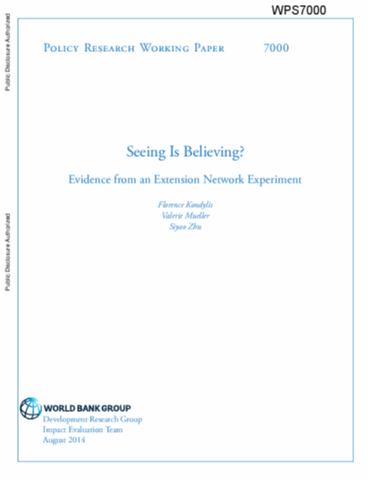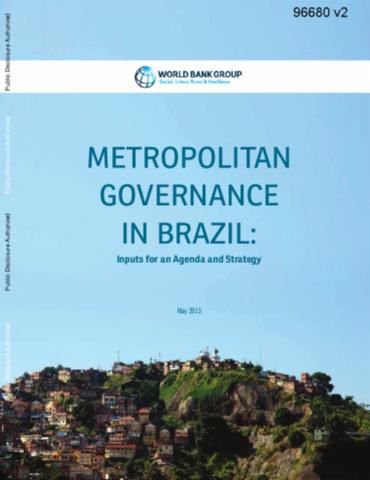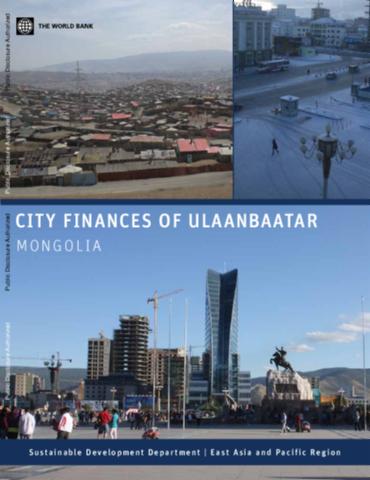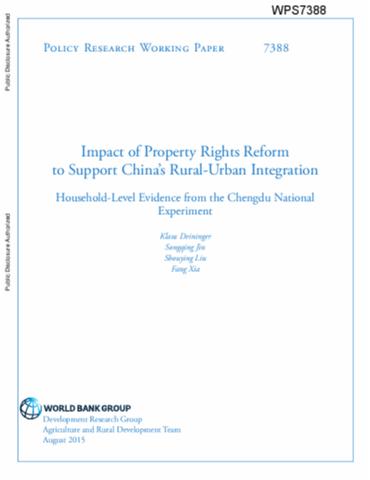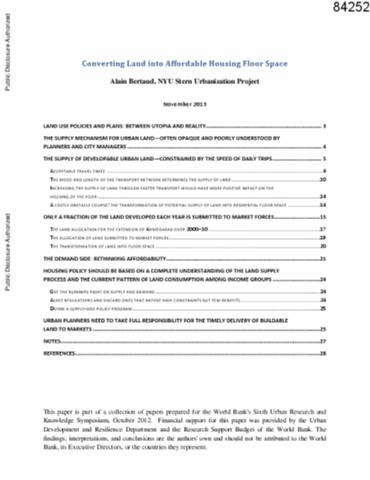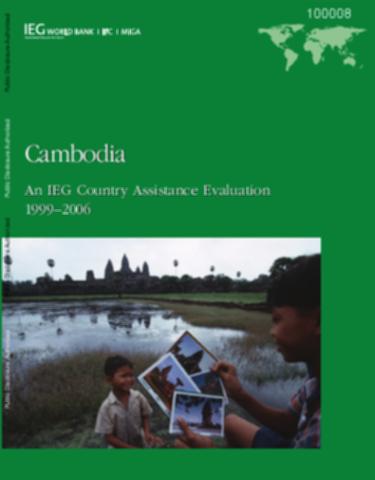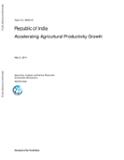Utilization of agricultural and forestry resources in Central Guatemalan Highlands: a case study
This paper analyses some key findings emerged in the study of the Mayan community of S. Jos Sinach, located in the Guatemalan Highlands. The research highlights how colonial and post-colonial legislation influences the actual land tenure and hampers the development of the community. Little land ownership together with high demographic growth lead to insufficient crop production. As a consequence, human pressure on S. Jos forest and seasonal migration to sugar cane plantations of the Pacific Coast is carried out by householders in order to ensure subsistence to their families.


